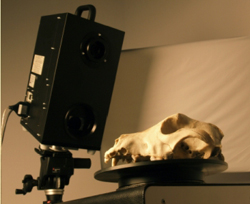 |
Minolta VI - 9i 3D Laser Scanner This apparatus is capable of transfer ring a three-dimensional image of a given object (of defined parameters – see limitations) to computer memory. The scanner operates on the principle of laser triangulation in which the object is scanned with the aid of a line of laser light whose course is followed by a digital camera. The curvature of the line on the object under study is used as the basis for building up the three-dimensional image. The camera also reads off the colour of the object, which can be added to the model in the form of texture. The object for scanning is placed on a special table and read with the laser as the apparatus rotates through a determined number of degrees. The individual scans are then combined together by reference to characteristic points determined by the operator. |
Possibilities
The scanner does not harm the eyes and so may be used to scan human faces. Depending on the size of the object, it is possible to use one of three objectives whose accuracies are as follows:
TELE XYZ: ±0.05mm/ ±0.10mm
MIDDLE XYZ ±0.10mm/ ±0.20mm
WIDE XYZ ±0.20mm/ ±0.40mm
Properties of scanned objects - limitations
- Transparent surfaces or those reflecting laser light must be covered with powder
- Deep-black surfaces are the ideal background colour for the scanner and must also be made subject to defined processes.
- Objects of dimensions greater than 1200/900/750 mm have to be scanned in stages.
- Objects of very complex shapes and sizes over 2 cm must be considered separately.
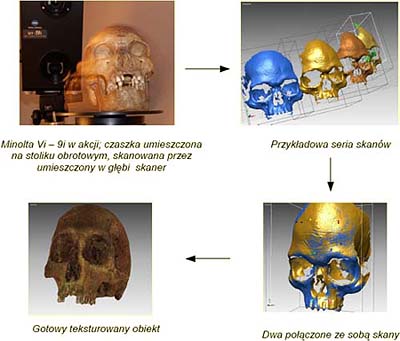
Sample scans:
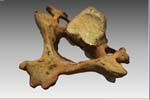 |
 |
 |
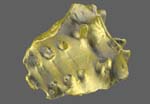 |
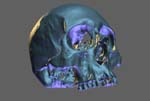 |
 |
 |
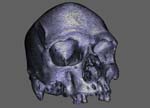 |
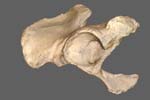 |
3D - PDF files to download
 |
 |
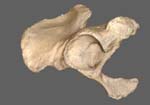 |
| Pelvis bone (10,0 MB) | Skull (6,5 MB) | Pelvis bone (9,2 MB) |
 |
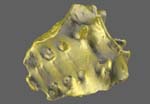 |
 |
| Tiba (3,7 MB) | Sacral bone (4,3 MB) | Vertebra (2,3 MB) |









